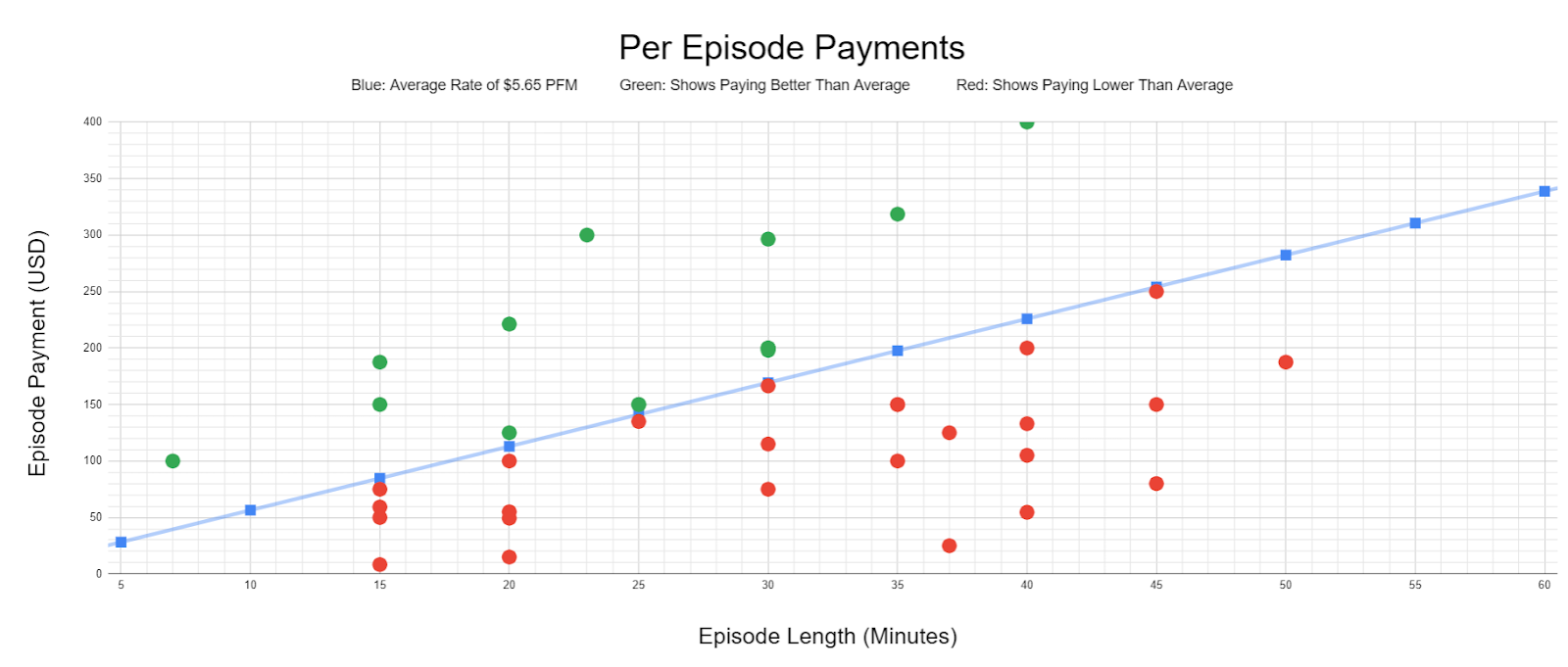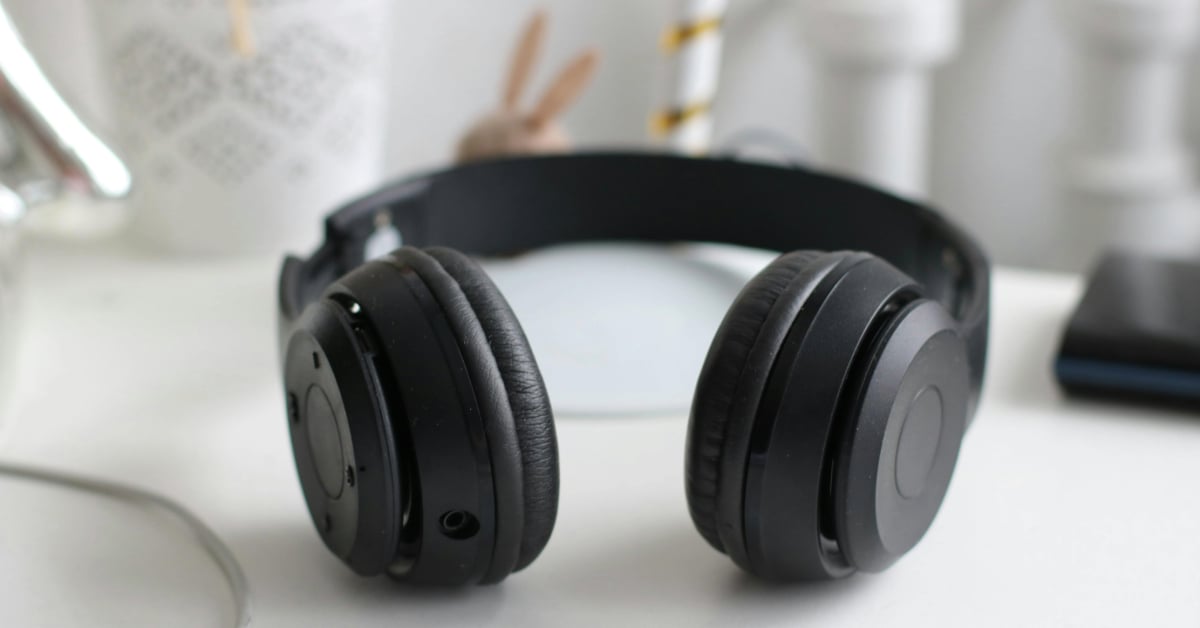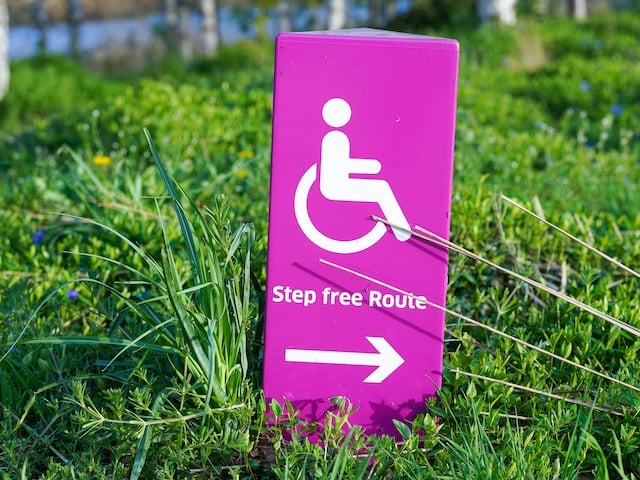Entertainment
Related articles:
Think back to the state of independent audio drama (AD) about 4 or 5 years ago; podcasting is getting big, audio drama (or, fiction podcasting) is about to be invented for the first time according to people who have never heard of it (or Google, apparently), and crowdfunding is becoming popular among showrunners. After all, hosting costs aren’t usually free, and cash is a great way to get more professional (and more, period) voice actors to audition for your show.
However, there are two key factors that have changed drastically since then: the Showrunner, and the Show.
Back when I started podcasting, it was extraordinarily common for a lot of audio dramas to have actors and a showrunner, who was functionally the entire production crew: writer, director, editor, sound designer, social media manager, graphic designer. And a lot of us took a lot of pride in wearing all of those hats and doing it for free. When you made your crowdfunding budget in 2019, it was reasonable (maybe even ambitious) for it to be $3000 with $2500 or more going to voice actors and most of the rest covering fees, rewards, and hosting. Fifteen- to twenty-minute episodes were the norm, and the sound design generally wasn’t intense by design: A character with a robotic voice filter, a few doors, and an artfully placed schwing of a sword being unsheathed over some light background music was usually enough.
But the landscape is changing, and frankly, crowdfunding needs to catch up.
With more and more showrunners hiring out sound design, commissioning original scores, and writing 45-minute or longer episodes featuring more and more complex sound design with swords, magic, and combat, $3000 won’t cover costs anymore. In fact, it often shouldn’t even cover your sound designer.
Full disclosure, my main source of revenue is freelance sound design, so I’m going to be louder about this particular topic, but the same goes for all roles that used to be the proud, unpaid labor of the showrunner.
Let’s start with runtime. When I started podcasting, independent shows generally ran 15-25 minutes; there were a handful stretching into the 30-45 minute range, but they generally had better cash flow from Patreon and longer release schedules than most. These days however, more shows (and more first time showrunners) are pushing for 30 minute minimums, and reach into the 45-60 minute window way more than they would have three years ago. I’m not going to speculate on why this is, but it is something I’ve observed trying to find work and keeping track of sound design pay.
This should not come as a controversial statement, but longer episodes cost more than shorter ones – at the end of the day, more content takes more labor. Yet despite this seemingly simple truth, indie AD sound designers get paid… not all that more, and often less by shows with longer episodes.

Take the above chart, which has sound designer pay from approximately 40 indie AD shows. On average, we’re paid about $170 for a 30 minute show. If that seems low, that’s because it is: 30 minutes of intense sound design often represents 20+ hours of labor (especially if we’re also responsible for dialogue editing), at which point the episode is functionally a part-time job.
One show raising ~$5k and tossing $500 to the sound designer isn’t great, but 15 of them sets a precedent. After all, many showrunners actively look at other successful campaigns when setting up their own. It also creates an expectation across the industry that 5k is what an indie AD costs, which has actually resulted in pushback against some showrunners trying to pay their crew fairly because, and I really wish I were making this up, “It doesn’t cost that much.” Now, sure, the shows run largely out of bedrooms and closet recording booths don’t need $100k (you’re likely renting studio space at that point). But realistically, if everyone is getting paid fairly, they probably do need $10k, or $20k, or even $30k if it’s a big production.
Step 1: Set Rates Before A Budget
There are plenty of guides to paying voice actors, whether you’re completely independent or linked with a small production company. Calculate how much your actors will cost before setting a goal, and don’t just set an arbitrary “We’ll pay everyone $10 an episode” – that defeats the point of crowdfunding, as you are trying to cover costs. Reach out to sound designers and composers who are taking work (or hold a public call) and find out what their rates are and use that information before making the budget. I cannot stress this enough: Do not crowdfund with an arbitrarily allocated sound design budget for a sound designer you do not have. This is how you wind up with a low budget for a high-cost position that you will have trouble filling.
Okay, I did that, but now my goal is 25k! I’m not going to meet that!
In the current climate, yeah, 25k is a lofty goal, and meeting it might be difficult. If you’re not sure that you can, or don’t want to deal with the burnout from relentless posting about it so that you do, you’ll need to cut back some elements of production.
Step 2: Scale Back The Show
To quote Newt Schottelkotte, “If you can’t afford a 40 minute episode kill some darlings too bad”. Setting fair rates is likely to drive your crowdfunding goal seemingly sky high. If you want to make it more manageable without underpaying, you’ve got to cut some stuff back: shorter episodes, fewer episodes, less intense episodes, maybe split your 20 episode season into two 10 episode ones and then crowdfund for each. Need more ideas? Check out Tal’s article on scaling back your show.
But it won’t be the same project once I’ve done all that!
That’s possible. But at the end of the day, if you are crowdfunding, you are funding a production, and your initial vision may be beyond that production’s capabilities. I am firmly of the belief that your first (or even second) audio drama should not be the story you’ve been dreaming up for years and want to make as good as it can possibly be. You should expect your first show to have some major bumps in the road, whether that’s low quality audio, actors disappearing halfway through the season, or teaching yourself sound design and basic audio engineering.
Step 3: Reconsider If You Don’t Meet The Goal
As much as we don’t like to talk about it, a lot of shows don’t actually hit their goals–based on available data, over 40% of AD crowdfunding campaigns raise less than 90% of their initial goal. However, many of those shows just continue production on a reduced budget, meaning everyone involved gets paid a little less (or a lot less, depending on how much was raised). Occasionally a production role like composer or sound designer will return to the showrunner (meaning the original person is out of a job and getting paid nothing). More often the showrunner will make the remaining contribution out of their own pocket, though obviously this isn’t a viable solution for every show.

But on the listener side of things, this power-through mentality has an unintended side effect: It drastically diminishes the importance of crowdfunding. Why bother donating if the show is going to be made anyway? Stickers, pins, and a Twitter shout out might be nice, but there’s no sense of urgency that they need to donate in order for the show to get made – especially when there’s plenty of other shows that do the same thing. “Fund it or it won’t happen” gives backers a greater sense of urgency, and a better incentive to tell their friends about the campaign.
Like it or not, audio drama is becoming more of an industry, and showrunners are creating more complex shows than there were 5 years ago. If we want people to get paid and shows to live up to expectations, crowdfunding needs to better reflect the productions it pays for. Cover costs, and pay your crew a fair rate.
Brad Colbroock is a SoCal podcaster and foley artist with a passion for audio drama. They are currently helping to produce upcoming shows for Parazonium Podcasts and The Shadow Network. You can hear Brad's sound design in The Way We Haunt Now, Someone Dies In This Elevator, and SPECTRE.


